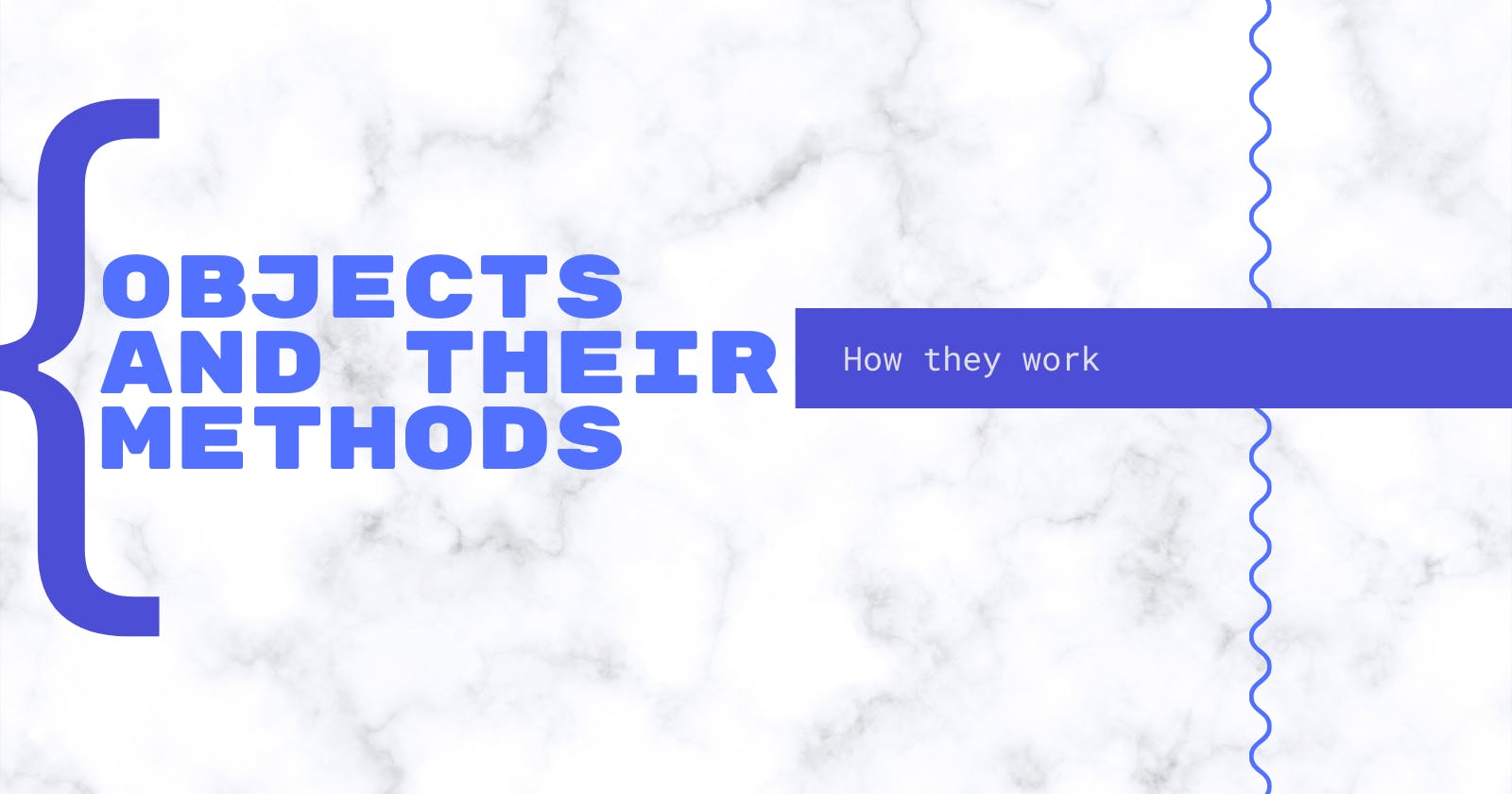JavaScript is a programming language that has become an integral part of modern web development. One of its fundamental data types is the object. Objects are collections of properties and methods that can be accessed and manipulated in various ways. In this article, we will explore JavaScript objects and their methods in more detail.
Creating Objects in JavaScript
In JavaScript, objects can be created using the object literal syntax, constructor functions, or the ES6 class syntax. Let's take a look at each of these methods.
Object Literal Syntax
The simplest way to create an object in JavaScript is to use the object literal syntax. An object literal is a comma-separated list of name-value pairs enclosed in curly braces. Here's an example:
const person = {
name: 'John',
age: 30,
address: {
street: '123 Main St',
city: 'Anytown',
state: 'CA'
}
};
In this example, we've created an object called person that has three properties: name, age, and address. The address property is itself an object with its own properties.
Constructor Functions
Constructor functions are another way to create objects in JavaScript. These functions are used to create multiple instances of the same type of object. Here's an example:
function Person(name, age) {
this.name = name;
this.age = age;
}
const person1 = new Person('John', 30);
const person2 = new Person('Jane', 25);
In this example, we've created a constructor function called Person that takes two parameters: name and age. We then create two instances of the Person object using the new keyword.
ES6 Class Syntax
The ES6 class syntax provides a more concise way to create constructor functions. Here's an example:
class Person {
constructor(name, age) {
this.name = name;
this.age = age;
}
}
const person = new Person('John', 30);
In this example, we've created a Person class with a constructor that takes two parameters: name and age. We then create an instance of the Person object using the new keyword.
Object Methods in JavaScript
In addition to properties, objects in JavaScript can also have methods. Methods are functions that are associated with an object and can be called using dot notation. Let's take a look at some common methods that are available on JavaScript objects.
Object.keys()
The Object.keys() method is used to return an array of the object's property names. Here's an example:
const person = {
name: 'John',
age: 30,
address: {
street: '123 Main St',
city: 'Anytown',
state: 'CA'
}
};
const keys = Object.keys(person);
console.log(keys); // ['name', 'age', 'address']
In this example, we use the Object.keys() method to get an array of the person object's property names.
Object.values()
The Object.values() method is used to return an array of the object's property values. Here's an example:
const person = {
name: 'John',
age: 30,
address: {
street: '123 Main St',
city: 'Anytown',
state: 'CA'
}
};
const values = Object.values(person);
console.log(values); // ['John', 30, { street: '123 Main St', city: 'Anytown', state: 'CA' }]
In this example, we use the Object.values() method to get an array of the person object's property values.
Object.entries()
The Object.entries() method is used to return an array of the object's property names and values. Here's an example:
const person = {
name: 'John',
age: 30,
address: {
street: '123 Main St',
city: 'Anytown',
state: 'CA'
}
};
const entries = Object.entries(person);
console.log(entries); // [['name', 'John'], ['age', 30], ['address', { street: '123 Main St', city: 'Anytown', state: 'CA' }]]
In this example, we use the Object.entries() method to get an array of arrays, where each subarray contains a property name and its corresponding value.
Object.assign()
The Object.assign() method is used to copy the values of all enumerable own properties from one or more source objects to a target object. Here's an example:
const target = { a: 1, b: 2 };
const source = { b: 4, c: 5 };
const result = Object.assign(target, source);
console.log(result); // { a: 1, b: 4, c: 5 }
In this example, we use the Object.assign() method to copy the properties from the source object to the target object. If a property already exists on the target object, its value is overwritten by the corresponding property value in the source object.
Object.freeze()
The Object.freeze() method is used to freeze an object, preventing any properties from being added, removed, or modified. Here's an example:
const person = {
name: 'John',
age: 30
};
Object.freeze(person);
person.age = 31; // This has no effect, because the object is frozen
console.log(person); // { name: 'John', age: 30 }
In this example, we use the Object.freeze() method to freeze the person object. When we attempt to modify the age property of the object, it has no effect because the object is frozen.
Conclusion
JavaScript objects and their methods are essential components of modern web development. They allow developers to create complex data structures and manipulate them in various ways. By understanding the different methods available on JavaScript objects, developers can write more efficient and effective code.
